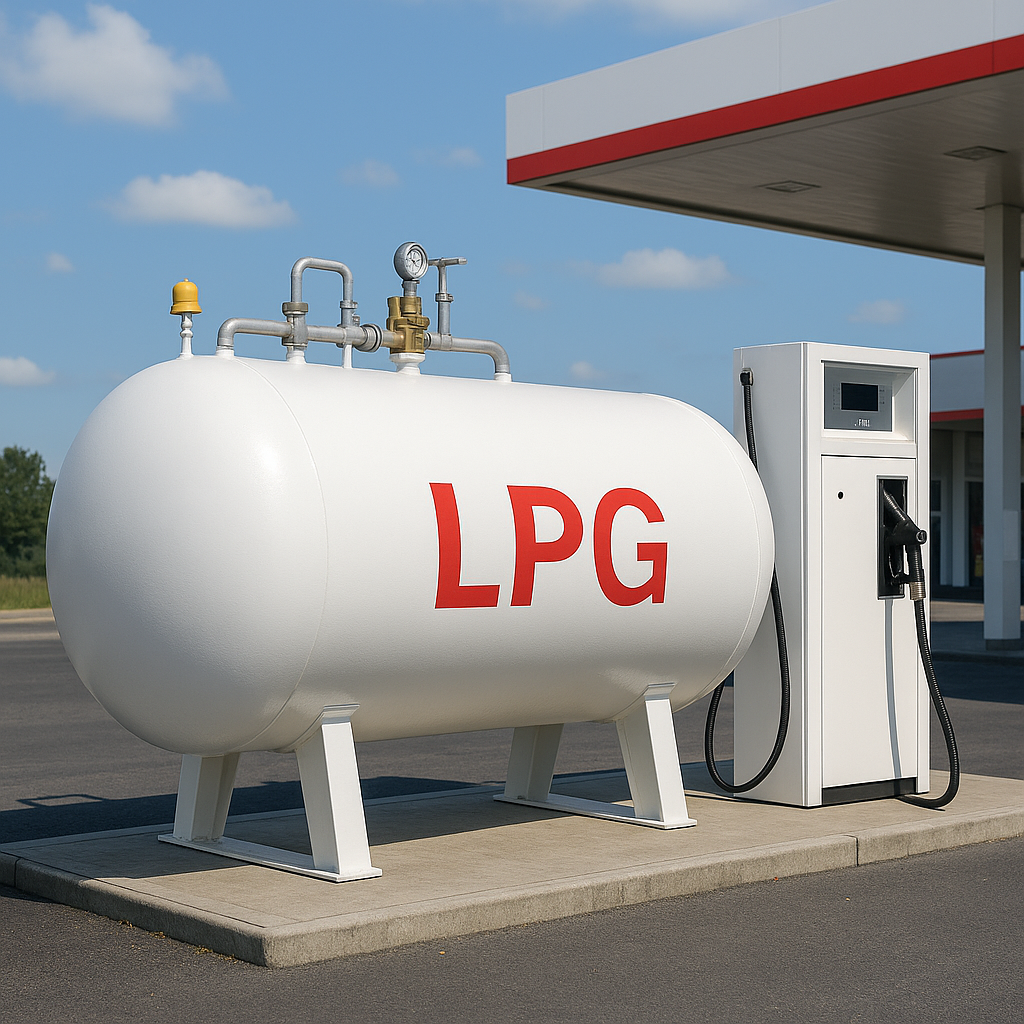Designing a pressure vessel is one of the most critical tasks in mechanical and process engineering. These vessels store fluids and gases under pressure, which makes safety, efficiency, and compliance with international codes (like ASME Section VIII or EN 13445) essential. Below are the main steps every engineer should follow when designing a pressure vessel.
1. Define Design Requirements
The first step is to clearly identify what the vessel will be used for:
- Contents: Will it hold gases, liquids, or hazardous chemicals?
- Operating conditions: Pressure, temperature, corrosion environment.
- Capacity: Volume and size needed.
- Location: Indoor, outdoor, offshore, refinery, or chemical plant.
👉 At this stage, engineers also choose the design code/standard (e.g., ASME, API, or EN) that governs the project.
2. Material Selection
Choosing the right material ensures strength and long service life. Consider:
- Strength properties (yield, tensile).
- Corrosion resistance (carbon steel, stainless steel, alloys).
- Weldability and availability.
- Cost vs. safety balance.
👉 Common materials include SA-516 Gr.70 carbon steel for general service and stainless steel for corrosive environments.
3. Calculate Design Pressure & Thickness
This is the engineering heart of the design. Calculations typically involve:
- Design pressure (P): Usually higher than operating pressure (includes a margin).
- Allowable stress (σ): Based on material and code.
- Shell thickness (t): Calculated using formulas from ASME VIII:
t=P×Rσ×E−0.6Pt = \frac{P \times R}{σ \times E – 0.6P}t=σ×E−0.6PP×R
Where R is inner radius, and E is weld efficiency.
- Add corrosion allowance (e.g., +2 mm).
4. Head Design (End Closures)
Pressure vessels are closed with heads (end caps). The choice affects thickness and cost:
- Elliptical head (2:1) → most common, balanced stress.
- Hemispherical head → strongest, but more expensive.
- Flat head → for low pressure, small diameter.
5. Nozzles and Openings
Every vessel requires nozzles for inlet, outlet, manholes, and instruments:
- Nozzle reinforcement must be calculated.
- Placement should allow for maintenance and inspection.
- Flange ratings must match design pressure.
6. Support Design
Supports hold the vessel safely in place:
- Saddles → for horizontal vessels.
- Skirt supports → for vertical vessels under high pressure.
- Legs or lugs → for small vessels.
Structural checks ensure they withstand loads (dead load, live load, wind, seismic).
7. Additional Design Checks
- Stress analysis → hoop stress, longitudinal stress.
- Thermal expansion → especially for high-temperature service.
- Safety valves → to prevent over-pressure.
- Hydrostatic test pressure → usually 1.3–1.5 × design pressure.
8. Fabrication & Inspection
Once designed, fabrication must follow welding procedures and quality control:
- Welding procedure specification (WPS).
- NDT (non-destructive testing) like radiography or ultrasonic testing.
- Dimensional checks and pressure testing.
9. Documentation & Certification
Final step is to prepare documents for approval:
- Design calculations.
- Material certificates.
- Inspection & testing reports.
- Compliance certificate (e.g., ASME “U” Stamp).
Conclusion
Designing a pressure vessel is a complex process that combines mechanical design, material science, safety codes, and practical fabrication knowledge. By following these steps, engineers ensure that vessels can operate safely under pressure, providing reliability in industries like oil & gas, chemical, and power generation.




